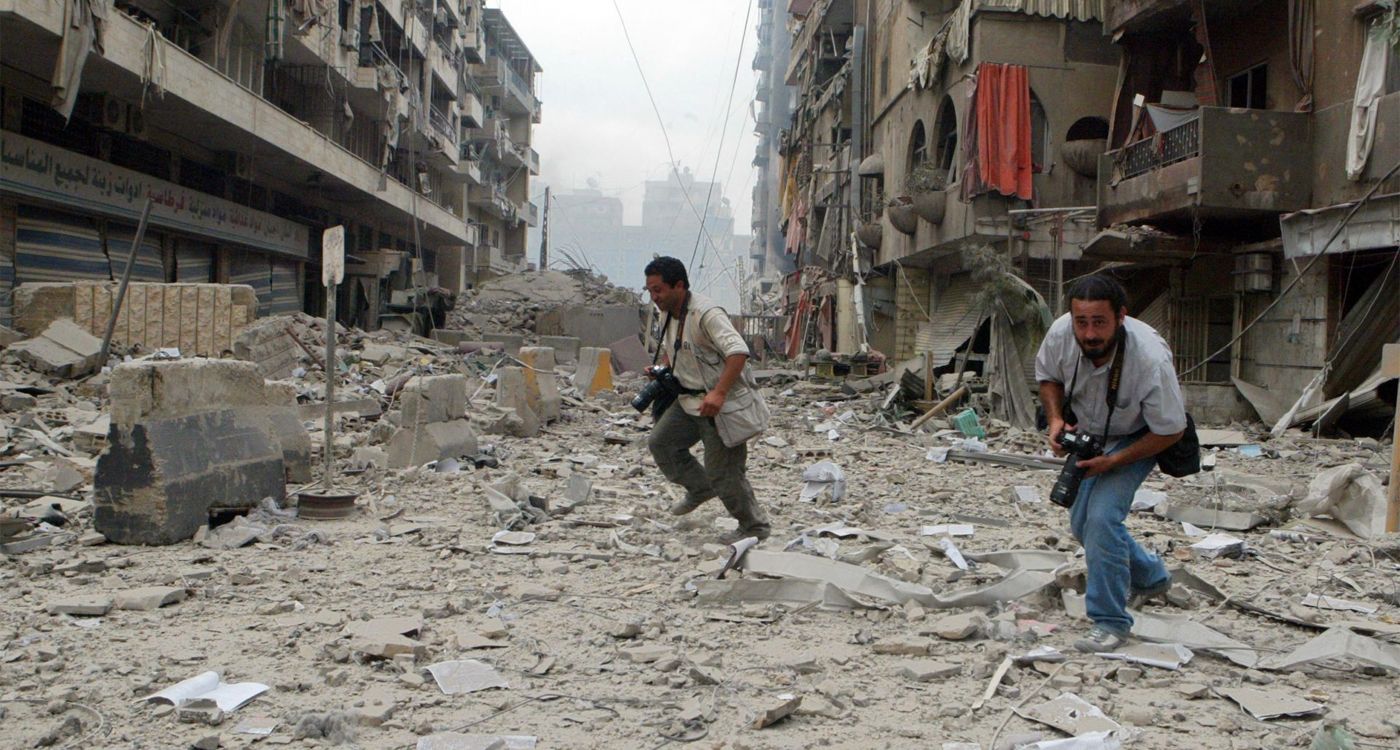
For exactly one year, parts of the Middle East, specifically Gaza and Lebanon, have been enduring the devastating fallout of two military ventures that have become symbols of madness and destructive chaos. On October 7, 2023, Hamas launched a deadly assault on Israeli soil. The very next day, Hezbollah unilaterally reignited the southern Lebanon front, which had been entirely peaceful for over 17 years.
The true objective, far beyond publicly stated false narratives, was to bolster Iran’s influence in the region. Tehran's involvement in igniting these two conflicts is undeniable, and the grim toll leaves little room for further comment.
In the specific case of Lebanon, calls have been growing in recent days for an immediate ceasefire. This is undoubtedly an urgent goal, given the worsening ordeal the Lebanese population is facing. However, Lebanon's long and painful history with Hezbollah over the past decades highlights a harsh truth that cannot be overlooked: a mere cessation of hostilities would only grant Hezbollah the chance to regroup, catch its breath, and prepare to strike again in the future, driven by the same irrational and reckless motivations.
The Lebanese can no longer be drawn into pointless wars every few years, serving no purpose except to fulfill the hegemonic ambitions of a regional power or to support a "cause" that holds no relevance for them. It has become crucial today to confront the truth directly.
A brief and succinct "review of history" illustrates the strategic destabilization and deconstruction methodically implemented — much like a chess game — by the leadership of the pro-Iranian party since the 1990s. In each episode, Western decision-makers established a ceasefire without coupling it with a robust and sustainable political solution. Consequently, hostilities would inexplicably flare up again after a while.
In 1996, Israel launched Operation Grapes of Wrath in retaliation for Katyusha rocket fire from Hezbollah directed at northern Israel. After approximately two weeks of intensive Israeli bombardments, a ceasefire agreement, known as the "April Arrangement," was reached. Hezbollah took advantage of this respite to recover and, more importantly, to begin constructing its mini-state. It gradually extended its influence across all levels of power and began implementing its strategy of deconstructing the state and encroaching upon the vital sectors of the country.
In July 2006, the pro-Iranian party unexpectedly launched a war against Israel, orchestrated directly by Qassem Soleimani, the military leader of the Islamic Revolutionary Guard Corps. The unspoken objective was to decisively halt the state-building process initiated by the March 14 movement. After over a month of Israeli airstrikes targeting the southern suburbs and southern regions, the UN Security Council established a ceasefire based on Resolution 1701. This resolution called for not only an end to hostilities but also the withdrawal of Hezbollah to the Litani River and the prohibition of any militia presence in southern Lebanon. It also urged all countries to refrain from supplying arms and ammunition to Lebanon outside the framework of the Lebanese Army. However, the reality was far from straightforward.
In practice, Hezbollah was content with merely achieving a ceasefire and gradually resumed its military presence in southern Lebanon, albeit discreetly. The clause prohibiting the entry of illegal weapons and ammunition into the country was blatantly disregarded. This was to be expected, as Hezbollah controlled the porous borders with Syria, allowing it to carry out various smuggling operations freely, thus rendering Resolution 1701 effectively meaningless.
In May 2008, the pro-Iranian militia faction invaded the West Beirut neighborhoods controlled by the Future Movement, as well as certain areas within the Progressive Socialist Party's stronghold in the Chouf Mountains. Their goal was to forcibly overturn a government decision to dismantle Hezbollah's illegal telecommunications network and to remove the officer who oversaw Hezbollah's control of airport security services. The leader of the Shiite party, Hassan Nasrallah, justified this act of aggression with a highly symbolic phrase: "Weapons were used (internally) to protect the weapons!"
To top it all off, on October 8, 2023, Hezbollah initiated a new war against Israel under the misleading pretext of alleviating military pressure on Gaza. In doing so, it disregarded the current socio-economic crisis, Israel's absolute air supremacy, and the huge technological gap that separates it from the Israeli state. A year later, the tragedy engulfing both Gaza and Lebanon speaks for itself...
This brief "review of history" indicates that if calls for a ceasefire overlook the urgent need for a radical, robust, and sustainable solution to the dual problem of Hezbollah's armament and its militia's grip on the country, the Lebanese are doomed to endure recurring wars in the foreseeable future. A fundamental truth arises in this context: the path to national salvation undeniably leads, in one way or another, to Tehran. This is crucial for the stability of Lebanon and the broader Middle East.





Comments